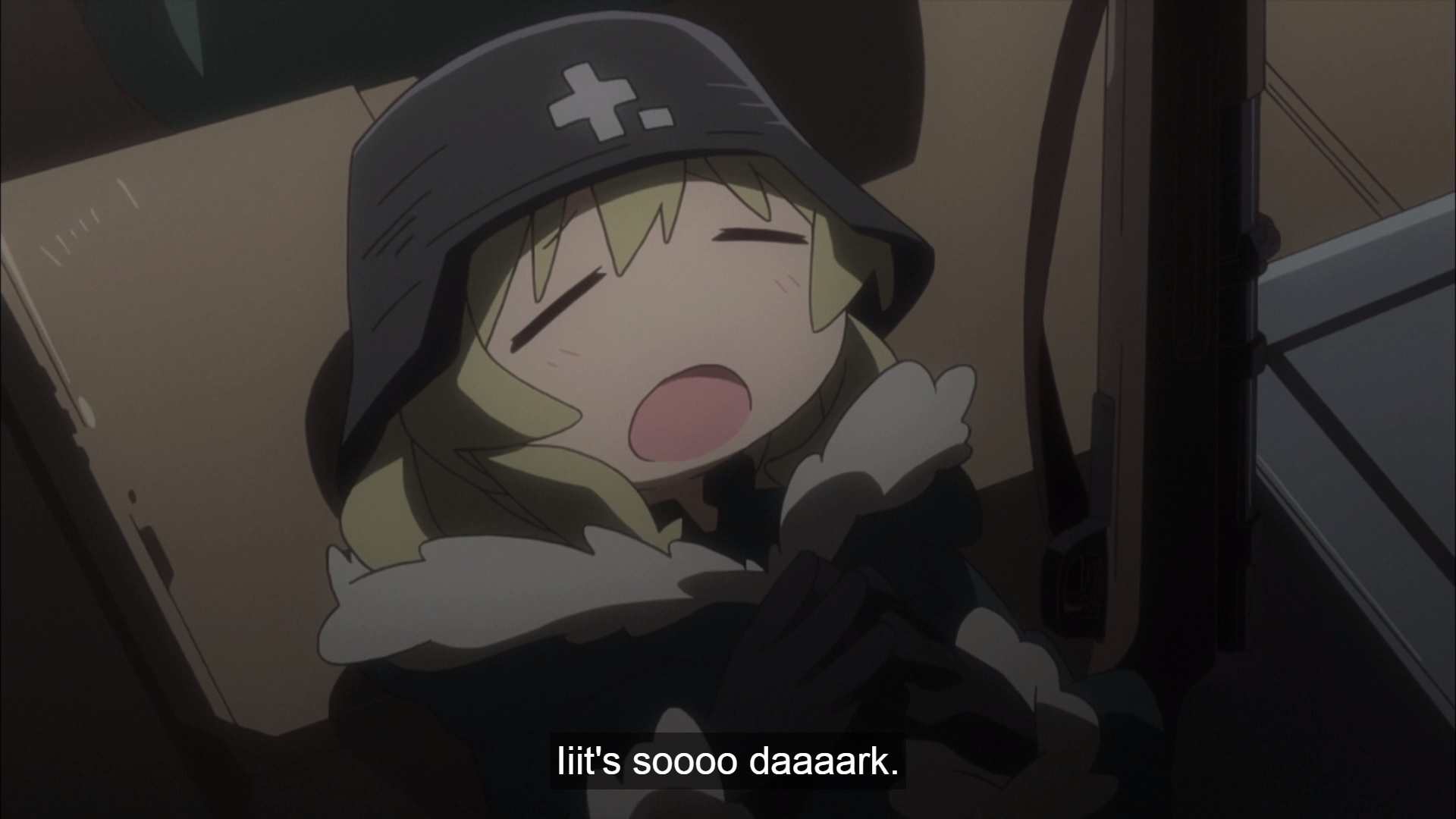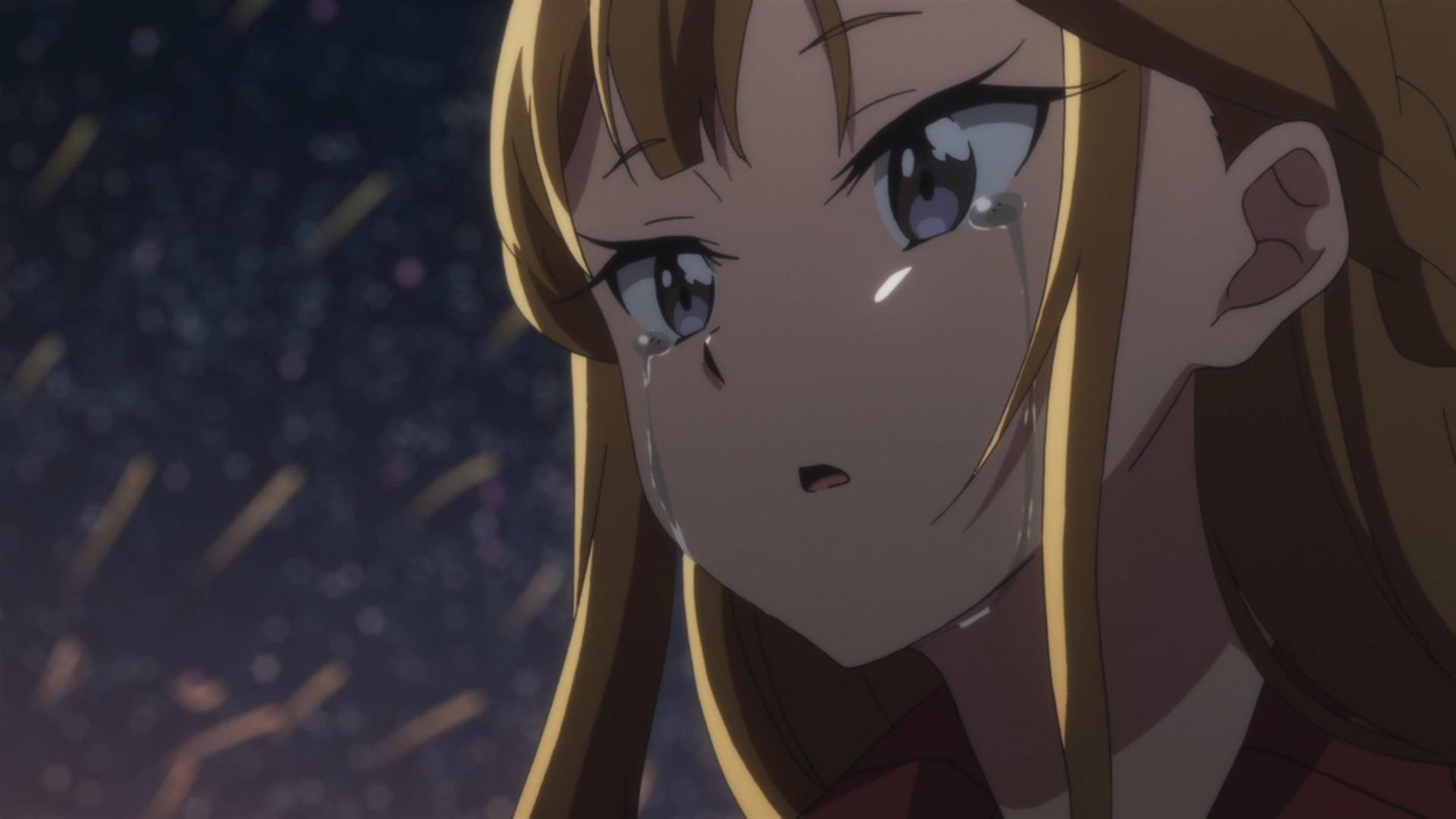Three-Episode Test: Ink’s Fall 2017
Garo at the finishing line
Welcome to the Three Episode Test, where Ani-Gamers contributors give you the low-down on what they’re watching (or not) from the current simulcast season and why.

Garo: Vanishing Line
Streaming on Crunchyroll (sub) and Funimation (dub)
This is the anime I look forward to most each and every week. It doesn’t matter if you’ve never seen any of the other Garo anime thus far or if you were turned off by the second season, because Garo: Vanishing Line is the big, dumb powerhouse anime you’ve been craving. Let me clarify: Vanishing Line is that special kind of “sit back and turn your brain off” that lets you fully appreciate the animation MAPPA is capable of, because backstory and story take the back seat to wild, over-the-top action as well as phenomenal character designs and set pieces in a New York setting.
Looking and behaving like a cross between a pulp comic and Redline, Vanishing Line centers around an American hero (the golden lion-suited Makai Knight) on his uber-cycle as he fights Horrors (monsters) that seem to channel the spirit of Yoshiaki Kawajiri’s creations. The hero is the lovable, collateral damage-inducing goof in the same vein of The Tick – the eternal child, and his pairing with the other Makai Knight, a cold and calculating sniper, while cliché in its setup, works with a sublime chemistry for the stories told thus far.
Across its first three episodes, this series exudes a perfect mix of vivaciousness and joviality. The casting off of the brooding shroud that cloaked the previous season is welcome to say the least, and the 3DCG suit, unlike the other series, is integrated really well with the traditional animation. (The series loses a piece of its charm there, in my opinion, but makes up for it in adrenaline.) The golden lion suit is only brought out as a finishing move (as opposed to being woven into its wearer’s inner turmoil), and the 3DCG and camerawork SHINE with the motorrad motorcycle sequences.

Girls’ Last Tour
Streaming on Anime Strike
This title has got to be the cutest bit of dystopian fiction that exists (aside from Humanity Has Declined). It’s a story of survival in a post-war wasteland that seems vacant of all life save two children, respectively representing brains and brawn, trained in arms…and only one episode passes before the main characters are naked in a bath together. But that is thankfully, an aberration.
Most of the first three episodes can be more appropriately billed as slice-of-post-apocalyptic-life, wherein the bonds of friendship between the two adventurers – climbing ever higher in a desolate, stratified world of mankind’s own creation – are exposed via simple conversation amidst strenuous conditions. The warmth between these characters, their acceptance of each other’s flaws and strengths as what makes them them, is what makes this series so endearing and humorous.
Only a vague flashback is given for reason behind the girls’ outing, but the reason to watch is the journey and not any particular destination. (We’re lucky to have this and the new Kino’s in the same season.) It’s just genuinely pleasant to spend time with these characters as they lean on each other to keep on keepin’ on, and the moé attributes and chibi designs force a doting focus against the backdrop of lifeless, broken architecture. It’s not anything deep, but it’s got a solid sense of its own world. And I’m willing to go along for the ride for the rest of the season.

Kino’s Journey – The Beautiful World – The Animated Series
Streaming on Crunchyroll
As a fan of the first anime adaptation, I’m feeling a bit trepidatious for more than a few reasons after viewing the first three episodes of the new Kino’s Journey. The good news is that the reboot is watchable and keeps the air of the original. The bad news is that I really don’t think it is as strong.
Largely, this has nothing to do with the pronoun faux pas committed in the impression-important first episode nor the more slightly unsettling feminine design conceived for the series. Simulcast haste easily excuses the former, and the latter can be reluctantly chalked up to something brought to my attention via CR member Kolkpen in a comment on an article @illegenes and I wrote. The larger source of my anxiety, then, comes from the storytelling.
Having just re-watched the original adaptation for another Crunchyroll article, I can safely say that the amount of exposition in the new adaptation is comparatively dreadful. That is to say it exists. Not everything is spelled out; thankfully, each country is left up to an observational storytelling true to the original series. Kino’s backstory and intentions, however, are articulated verbally to a ridiculous (read: any) degree.
The art is gorgeous in most circumstances, and the attention to lighting is incredible, but the cleanliness means the visual communication lacks the muddled filter of the TV lines presented in the original. Kino’s, after all, is a depiction of circumstance meant to provoke audience contemplation. The original adaptation does this on all levels, while this later adaptation seems somewhat hell-bent on clean lines.

Love is Like a Cocktail
Streaming on Crunchyroll
Premise: Busty blonde turns all moé and clingy after sipping (or guzzling) any alcoholic drink prepared by her sweet, attentive husband.
I don’t need to overindulge, in either alcohol or this particular anime, to puke.
Beer goggles are one thing, but imploring preciousness by placing them on an audience in order to enthrall them to the database is a malady. The situations behind the protagonist’s indulgences are overly simplistic excuses for the camera to focus on her HUGE boobs, and what’s meant to be endearing (her enjoyment of the drinks and her mood change thereafter) propagates the notion that all females really want to do instead of work is drink and dote on their husbands. Sure, the MC is drinking to feel good, and that’s all well and good, but the effects are induced to solely benefit the male character and, by proxy, the male-targeted audience. (The MC is never affected positively by the drinking with regards to herself save the momentary salvation the destruction of neurons affords.) It’s sickening, frankly, and wholly without merit.
Not only does Love is Like a Cocktail borrow reactions and framing from the impeccable Wakako-zake, but the series also nods to recipe introductions a la the classic Bartender. In fact, the only original thing Love is Like a Cocktail has going for it is the motorcycle-riding lemon, which is at least weird and original and ends (thankfully) each episode.
Even though this is a short, I struggled to make it to episode three to make my final decision: I will not be watching any more of this dreck.

Pikotaro’s Lullaby LA LA BY
Streaming on Crunchyroll
While it started airing too late for me to write up for my Summer 2017 3ET, Pikotaro’s Lullaby LA LA BY was by far one of the best comedies of last season. Each episode features a fairy/folk tale background drawn by director Takashi Taniguchi, about whom you can and should read about here and then watch what is available of his catalog, and features an improvised dialog by comedian Pikotaro. The latter is that guy who penned that pineapple-apple song, and he features in each and every episode as an antagonistic force.
It’s comedy brilliance.
The new season isn’t actually new. It’s comprised of the 3 Web episodes that preceded the series proper. None of them are are great as any episode from last season (maybe with the exception of the Cinderella episode), but any fan of the series will be glad to watch them. And they might serve even better as an introduction to the main series. So, please, if seeing those three shorts tickles you fancy as much as they tickle your funny bone, go watch the rest of Pikotaro’s Lullaby LA LA BY. Guffaws as well as chuckles that snowball into breathless tears await you.

Recovery of an MMO Junkie
Streaming on Crunchyroll
A woman in her thirties decides to become a NEET and thereby ascends to her made-up “elite NEET” status. Soon she indulges in an old pastime for which she, lately, has just not had the late night hours or energy necessary: MMORPGs.
I’m not sure whether I’m mad at the IRL plot for interrupting the MMO experience with Seth McFarland-ish emotigag cuing, or the MMO being similar to the other players-trapped-in-the-game series and teasing me with IRL Welcome to the NHK-ness. All I know is that this series is so occasionally cute that nothing else really matters. That is to say that this is junk.
It refuses to be here or there and, at least as of the first three episodes, seems trite in comparison to Welcome to the NHK and ReLIFE. Not that this series has to be dark, but it is about a woman in her thirties after all. And that’s kinda what I hate: this series wants both worlds but doesn’t really know how to balance them. The whole thing makes a joke out of a bad situation portrayed with such a light hand that it confuses humanity and punchlines. Hell, it makes dramatic reaction punchlines … which would be more heady if the series itself were.
If you’re looking for a cute woman nerd geeking out over games and boys men, then this is your bag. I, however, forgot it in a taxi.

TWOCAR: Racing Sidecar
Streaming on Crunchyroll
To be perfectly honest, I literally thought this type of racing was fabricated so that the animators could thrust body-suited riders’ backsides into the cameras as they flail into dramatic poses along the raceway. As it turns out, sidecar racing is REAL, much like Keijo!!!!!!!! is (…now), and pretty darned exciting too!
TWOCAR isn’t so adept at turning something slow and calculating, as with wager games in Kaiji or Akagi, into bloodsport, but it does a darned good job at realistically and enthusiastically depicting the sport itself. The whiny feel-feel relationships between the teams’ partners and the collective group of riders as a whole enables a “story” of sorts, but mostly this show is just about admiring the execution and digging into the turns.
That is to say the racing is enthralling for both its uniqueness and the extra drama injected by home team vs. visitors (personalized by intimate teams of two) as well as the backstories and current conflicts of the latter. I can’t believe I’m about to say this (I blame the whisky), but TWOCAR is a pretty competent sports anime. It’s nothing that’ll upend the world, but it’s got enough visual flare and dramatic knowhow to keep me entertained week to week. Kudos!
